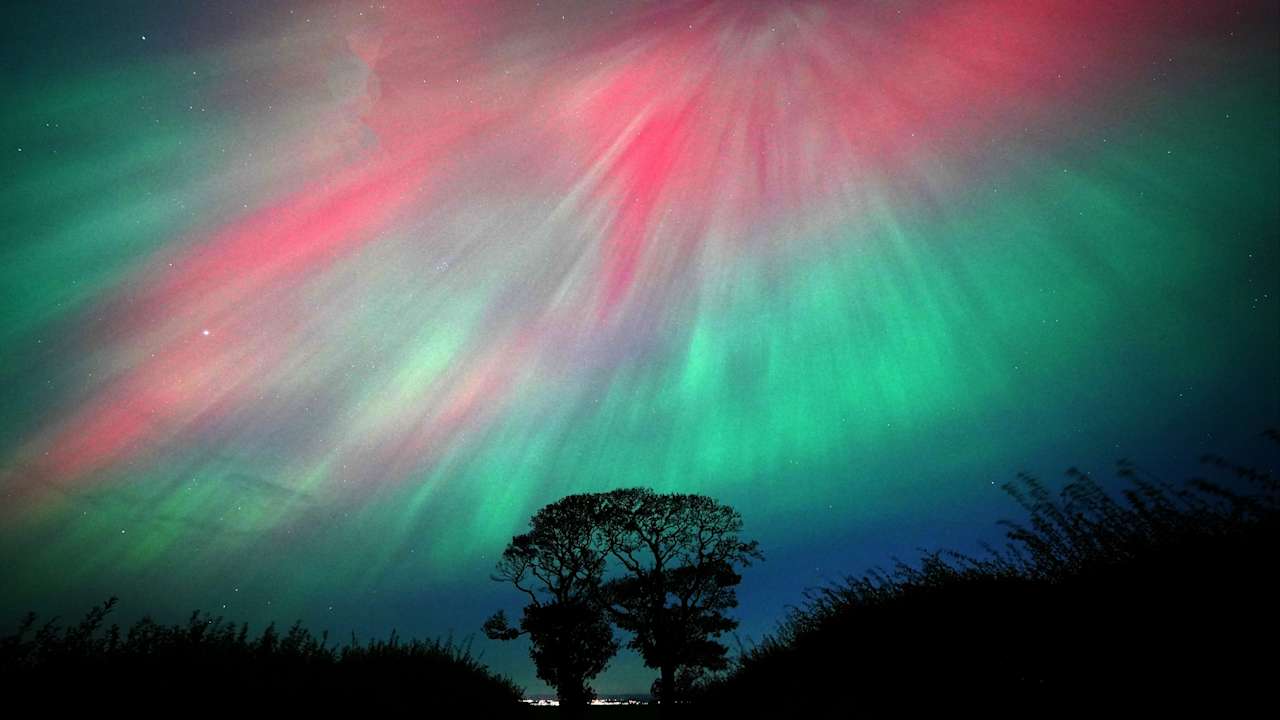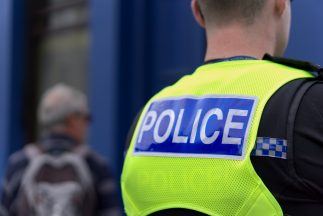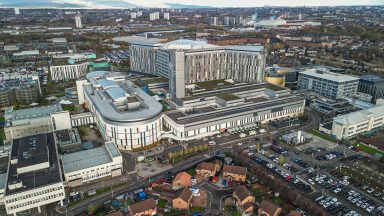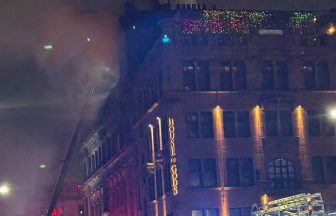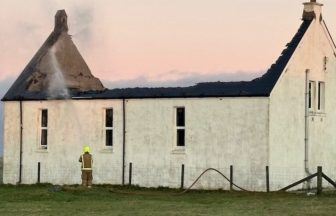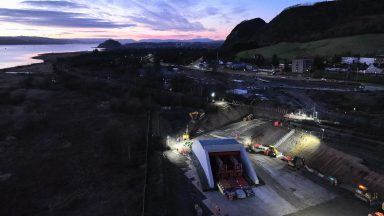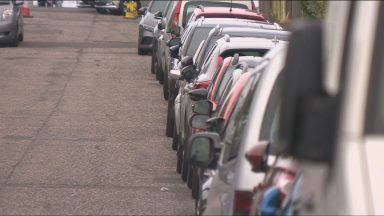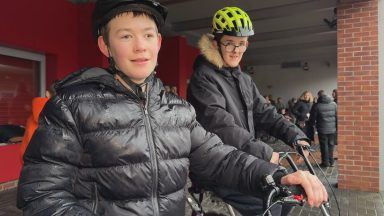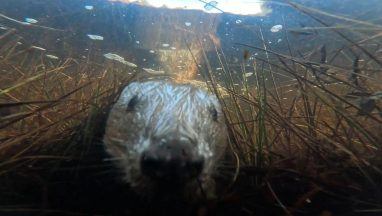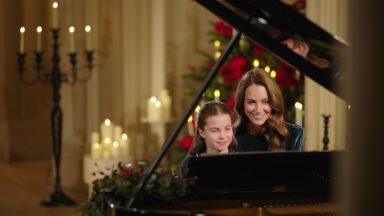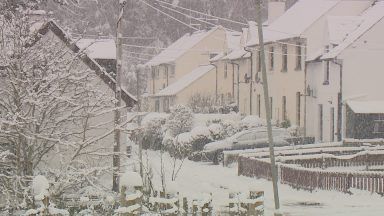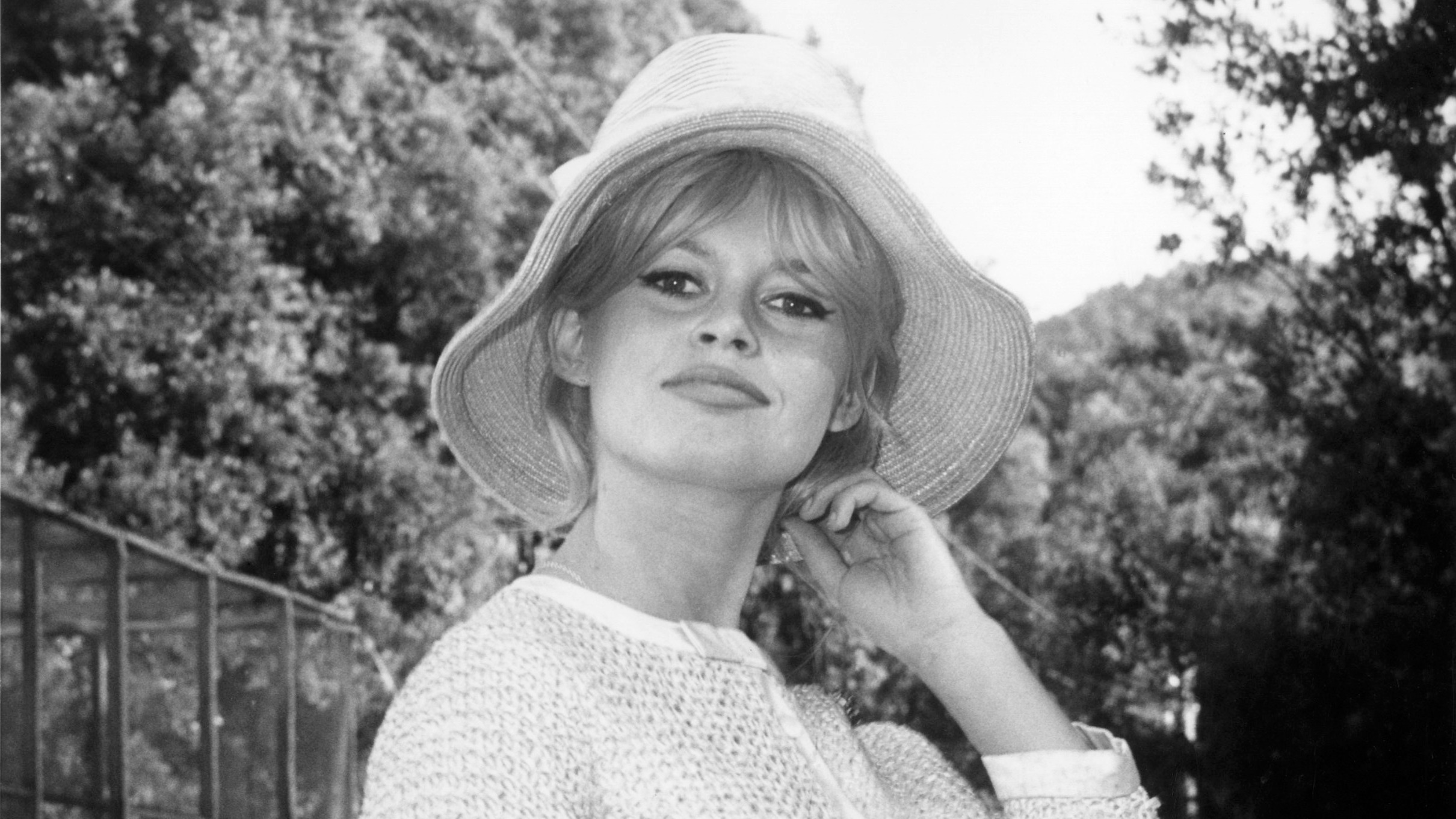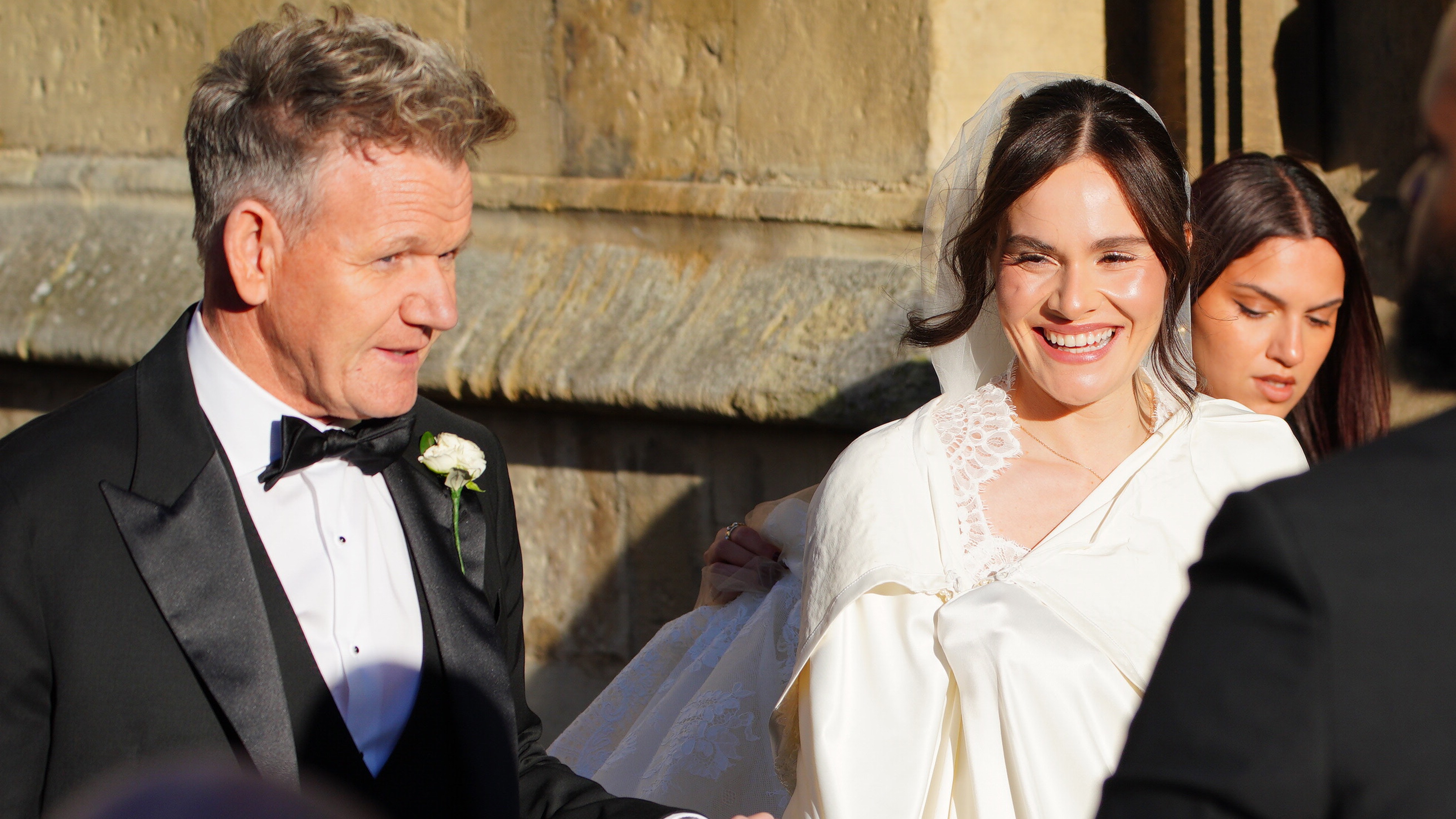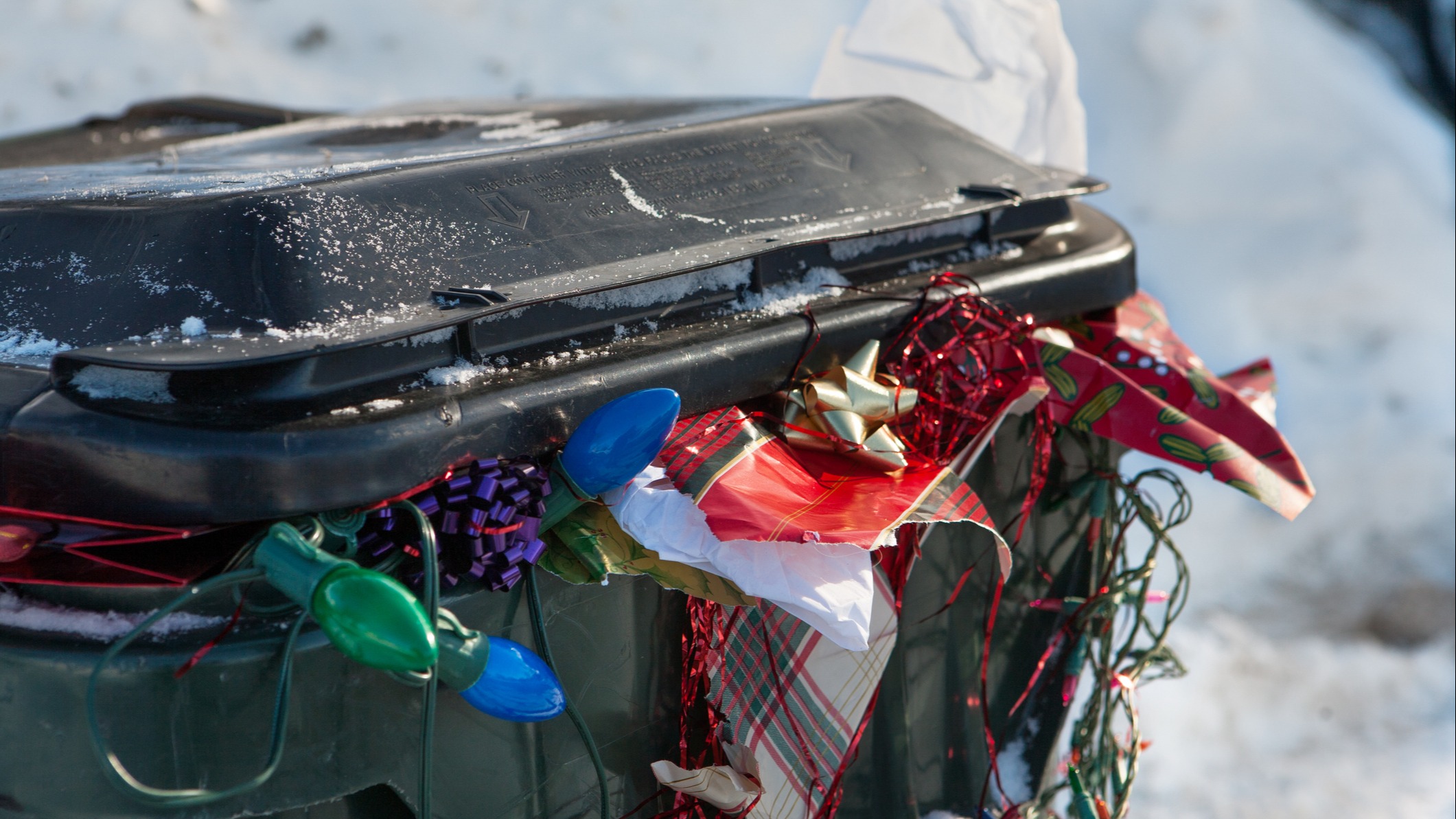Last year brought some spectacular light displays to the UK, with the northern lights, or the aurora borealis, being seen as far south as London, Kent and East Anglia.
People across the UK were also treated to the light display on New Year’s Day – and if you missed out, there could be plenty more opportunities to see the phenomenon in 2025.
Why is 2025 a good year to see the Northern Lights?
According to NASA, it’s because the sun’s solar cycle is reaching its peak.
The solar cycle is a natural cycle the sun goes through as it transitions between low and high magnetic activity. This happens roughly every 11 years.
During the most active part of the cycle, known as solar maximum, the sun can unleash immense explosions of light, energy, and solar radiation.

These charged particles from the sun, primarily electrons and protons, collide with gases in the Earth’s atmosphere, creating vibrant displays of colour in the sky, often appearing as curtains, arcs, or bands of light.
The colours are determined by the type of gas particles involved and the altitude at which the collisions occur.
Greens appear due to interactions with oxygen, red is from oxygen in the upper atmosphere while blues and purples are due to the interaction of nitrogen.
The current solar cycle began in 2019, and predicted to reach its peak during 2025.
NASA says its scientists will not be able to determine the exact peak of this solar maximum period for many months, as it’s only identifiable after they’ve tracked a consistent decline in solar activity after the peak.
Top aurora viewing tips
ITV News meteorologist and weather presenter Chris Page has provided some tips for spotting the lights, known as Aurora Borealis:
- Look to the northern horizon: The aurora is drawn towards the polar regions of the Earth. As a result you might not be able to see it directly overhead, but as it happens so high in sky look towards the northern horizon where it’s likely to be dancing.
- You can see it with the naked eye but cameras tend to capture it better. This is because cameras can adapt to different wave lengths better than our eyes. Give yourself time to adjust, at least 10 minutes.
- Find dark, open spaces: Seek out locations away from city lights and other sources of light pollution. Open fields, parks, or remote areas with unobstructed views of the northern horizon are ideal for aurora watching.
- Be patient and persistent: Seeing the aurora requires patience and persistence, as it can be unpredictable and may not appear every night, even during periods of high activity. Stay flexible with your plans and be prepared to wait for hours if necessary.
- Use long exposures for photography: If you’re interested in photographing the aurora, use a camera with manual settings and a tripod to capture long exposures. Experiment with different exposure times and ISO settings to achieve the best results.
Follow STV News on WhatsApp
Scan the QR code on your mobile device for all the latest news from around the country


